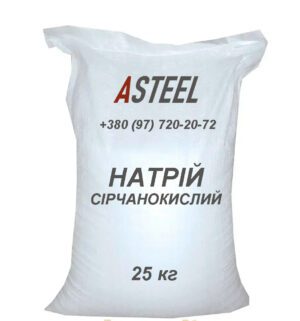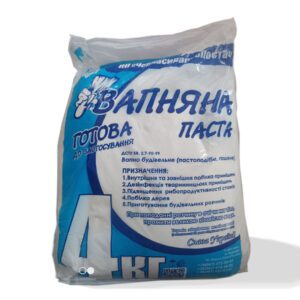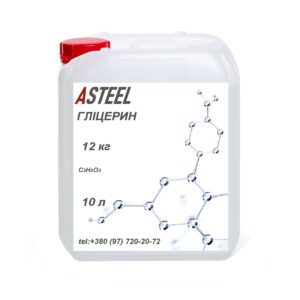Nitric Acid (HNO₃)
Nitric acid is a strong oxidizing acid with a chemical formula of HNO₃. It has distinct physical and chemical properties that make it useful in various applications, particularly in the production of fertilizers, explosives, and other industrial processes.
Physical Properties
- Appearance: Pure nitric acid is colorless but has a strong, pungent odor. When exposed to air, it may “fume” due to the release of nitrogen oxides.
- Molar Mass: 63 g/mol.
- Freezing Point: Nitric acid solidifies at -42°C, forming a white crystalline mass.
- Boiling Point: The anhydrous form of nitric acid boils at 86°C.
- Solubility: It forms solutions with varying concentrations when mixed with water.
Chemical Properties
- Nitric acid is a strong oxidizer and is highly reactive. It undergoes decomposition under light, breaking down into nitrogen oxides (NO₂) and oxygen:
4HNO3→4NO2+O2+2H2O4HNO₃ \rightarrow 4NO₂ + O₂ + 2H₂O
- It reacts with metals, non-metals, and organic compounds, reducing nitrogen in the process. When reacting with metals, it can produce a variety of nitrogen oxides (NO, NO₂) and salts called nitrates.
- Reaction with Metals:
- When reacting with less active metals, like copper, it forms nitrogen dioxide (NO₂): Cu+4HNO3→Cu(NO3)2+2NO2+2H2OCu + 4HNO₃ \rightarrow Cu(NO₃)₂ + 2NO₂ + 2H₂O
- With more active metals, like magnesium, it forms nitrous oxide (N₂O): 4Mg+10HNO3→4Mg(NO3)2+N2O+5H2O4Mg + 10HNO₃ \rightarrow 4Mg(NO₃)₂ + N₂O + 5H₂O
- Reaction with Non-Metals: Nitric acid can oxidize non-metals to form corresponding acids. For example, sulfur (S) reacts with concentrated nitric acid to produce sulfuric acid (H₂SO₄) and nitrogen dioxide:
S+6HNO3→H2SO4+6NO2+2H2OS + 6HNO₃ \rightarrow H₂SO₄ + 6NO₂ + 2H₂O
Uses and Applications
- Fertilizer Production: Nitric acid is a key ingredient in the production of ammonium nitrate, an essential component in fertilizers.
- Explosives: It is used in the synthesis of explosives, such as TNT.
- Metal Processing: Nitric acid is used to etch metals and remove surface contaminants.
- Organic Chemistry: It is used in nitration reactions to introduce nitro groups (NO₂) into organic molecules, a process called nitration.
Storage and Handling
- Nitric acid should be stored in a cool, dark place to prevent decomposition and fuming. It must be kept in tightly sealed containers and protected from light and high temperatures.
- Safety: As a strong acid and oxidizer, nitric acid should be handled with caution, using appropriate personal protective equipment (PPE) like gloves and goggles.
If you need to purchase nitric acid, ensure you are sourcing it from a reputable supplier that adheres to safety regulations for its handling and transport.




